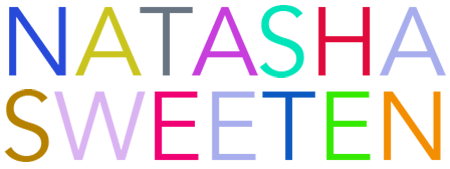City Arts
by Mario Naves, October 14, 2010
Geometric Progressions
Edward Thorp Gallery
Geometric Progressions, a group show of abstract painting at Edward Thorp Gallery, would be nowhere near as diverting—as exciting, really—were it more consistent. The exhibition prospers to the degree in which it frustrates. For every questionable inclusion among the 11 painters, there are half-a-dozen or so names that come to mind whose presence would make the show more cohesive. But sometimes an overriding sense of possibility forgives curatorial laxity. So it is at Thorp.
Don’t let the title fool you into believing the exhibition is dominated by straight lines, primary colors, flat surfaces, Utopian longings and inflexible aesthetics. Geometry is a jumping-off point, not a dogma. Eccentricity is the rule. How could it not be? Having long become historical fact, abstraction is unburdened of its revolutionary role. What’s left is a medium as open-ended, if not necessarily as welcoming, as any you could name. Abstraction doesn’t matter anymore; that’s why it’s so free.
The notion of these paintings being progressive, then, is a misnomer: Rupture and ambiguity is more like it. The certainty that geometric structures promote is tweaked, questioned and thrown out the window.
Impurity abounds: associations are plentiful; colors veer from vibrant to murky to sonorous; compositions skew, float and shatter; and surfaces are various, maybe too various at times. Even Andrew Spence’s distilled pictographs, the closest Geometric Progressions approaches High Modernism, resist codification by their reliance on mundane inspirations and surfaces marked by contingency.
Otherwise, the artists (not only Spence, but Patrick Brennan, Rosanna Bruno, El Hauser, Jenifer Kobylarz, Stephen Mueller, Paul Pagk, Jered Sprecher, Natasha Sweeten and Lynne Woods Turner) generate enough collective frisson to make you think abstraction just might well be the liveliest art right about now.
